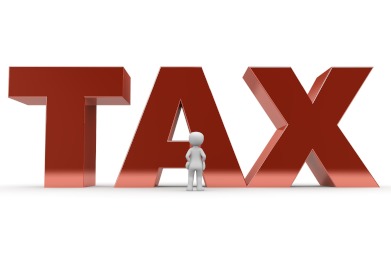Big 4 reveals tax functions findings for Aussie firms
TaxOne big four firm has looked into the approach Australian firms, including those in professional and financial services, take towards carrying out tax functions, finding high use of Excel across the board and a general discontent with tracking meaningful data.

EY’s 2017 Tax Function Survey of tax professionals from 170 private and public Australian companies, found that 40 per cent were still using Excel, with more than half of the respondents still sourcing data manually.
The survey also found that 68 per cent of tax function effort was still taken up by compliance, a level unchanged since EY’s last study in 2014. More than a quarter spent half their time getting data ‘fit for purpose’ and only 27 per cent were satisfied with the analytics produced.
“Revenue authorities around the world are using technology to review financial records directly with the real potential of making filing annual tax returns redundant, yet we found that more than two-thirds of tax function effort is still taken up by compliance – unchanged from our last study in 2014,” said EY Oceania tax leader Geoff Blaikie.
Further, two in five tax professionals were still using spreadsheets to calculate and consolidate their tax provisions and 49 per cent struggled to locate tax-related records or documentation.
“This is extraordinary given the readily available bespoke systems that can automate routine tax processes, eliminating the majority of duplicate work and improve accuracy in a fraction of the time,” said Mr Blaikie.
“A process that used to require wading through hundreds of thousands of lines of data over several days can now be done in just minutes.”
The survey also found that 20 per cent of respondents lodged their tax returns late, with only 8 per cent of tax function time devoted to tax risk management, and more than half of respondents saying their organisations had yet to formulate an approach to the Tax Transparency Code.
Tax functions were also spending just as much time on tax planning (77 per cent) as they were previously, despite the fact that boards are increasingly concerned with tax-related risks of adverse media coverage and personal liability.
“The future of tax is largely automated and will be controlled by revenue authorities, so the stark reality is that more than two-thirds of tax functions efforts will no longer be required in the not too distant future,” said Mr Blaikie.
“[Tax functions] must start to deliver data in the specific formats that will be demanded by revenue authorities across the globe, and they must plan for what they want to happen and what they want their future to look like when inevitably their systems are automated and their organisations move to digitised operations.
“Savvy tax professionals will embrace the opportunities that digitisation brings to influence the way financial systems are designed in the future. Perhaps even more importantly, digitisation offers the opportunity to free-up these highly trained and educated tax professionals from the mundane to bring their intellect to bear on more interesting and valuable work.”




